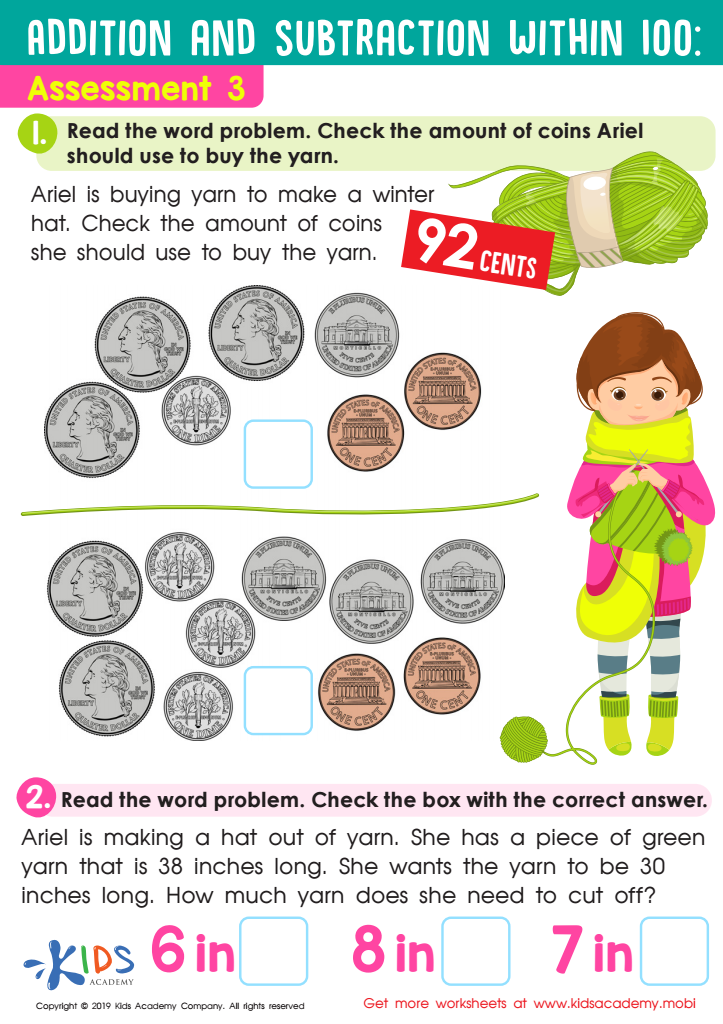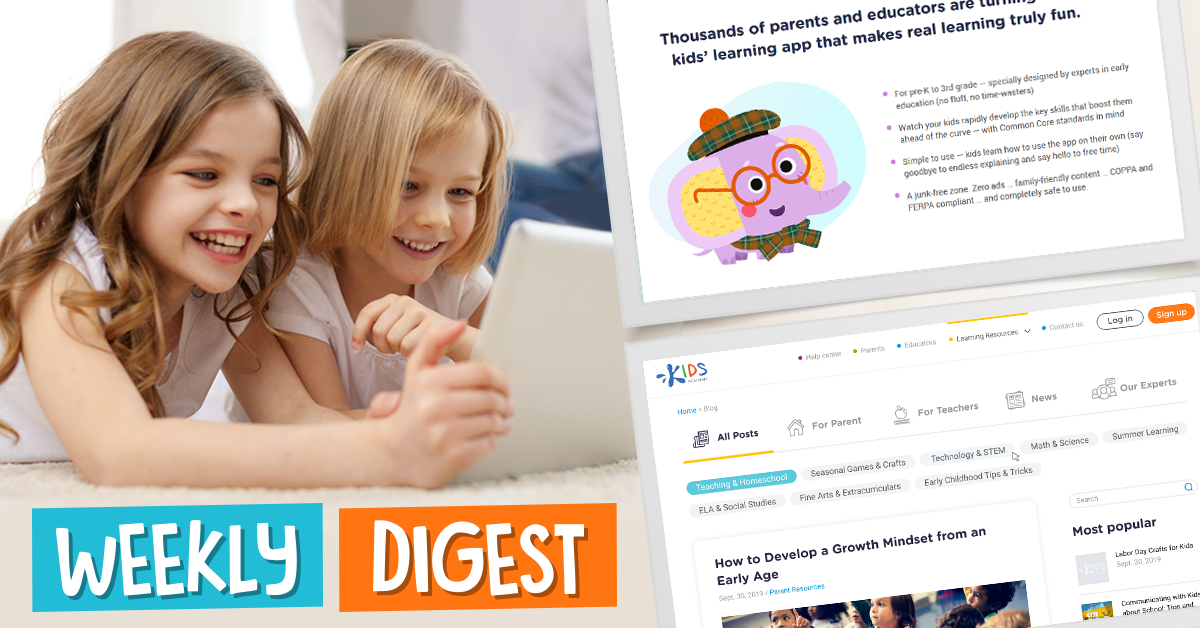Money worksheets activities for 7-Year-Olds
1 filtered results
-
From - To


Assessment 3 Math Worksheet
Money worksheets activities are an invaluable tool for both educators and students alike, offering a practical and engaging way to learn about financial literacy. In an increasingly complex financial world, understanding how money works is essential for making informed decisions. Money worksheets activities provide a hands-on approach to learning about various monetary concepts, including budgeting, saving, investing, and currency identification, among others.
One of the primary reasons why money worksheets activities are so useful is that they help demystify complex financial concepts. By breaking down topics into manageable exercises, learners of all ages can grasp the fundamentals of money management. These activities are designed to be both educational and enjoyable, encouraging students to actively participate in their financial education. Through interactive tasks, learners can apply theoretical knowledge in practical scenarios, reinforcing their learning and boosting their confidence.
Moreover, money worksheets activities can be tailored to suit different age groups and learning stages, making them a versatile resource. Younger children can start with basic concepts such as identifying coins and bills, while older students can tackle more complex topics such as interest rates and budget planning. This scalability ensures that learners receive an education that is appropriate for their level of understanding and progresses as they do.
Additionally, these activities prepare students for real-life financial situations. By engaging in money worksheets activities, learners develop critical thinking and problem-solving skills, which are vital for navigating the challenges of personal finance. They learn the value of money, the importance of saving, and the principles of wise spending, equipping them with the knowledge to make prudent financial decisions in the future.
In conclusion, money worksheets activities are an effective and enjoyable way to enhance financial literacy. They offer a hands-on learning experience that demystifies complex concepts, tailors to different learning stages, and prepares individuals for real-world financial challenges. By integrating these activities into the educational curriculum, educators can empower students with the tools they need to manage money wisely and confidently.

 Assign to the classroom
Assign to the classroom





.jpg)






